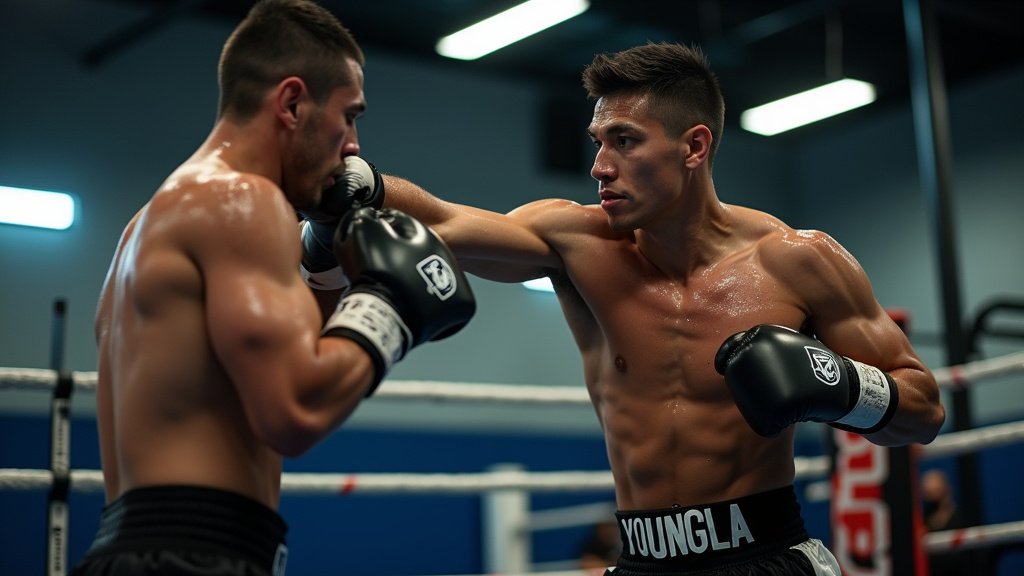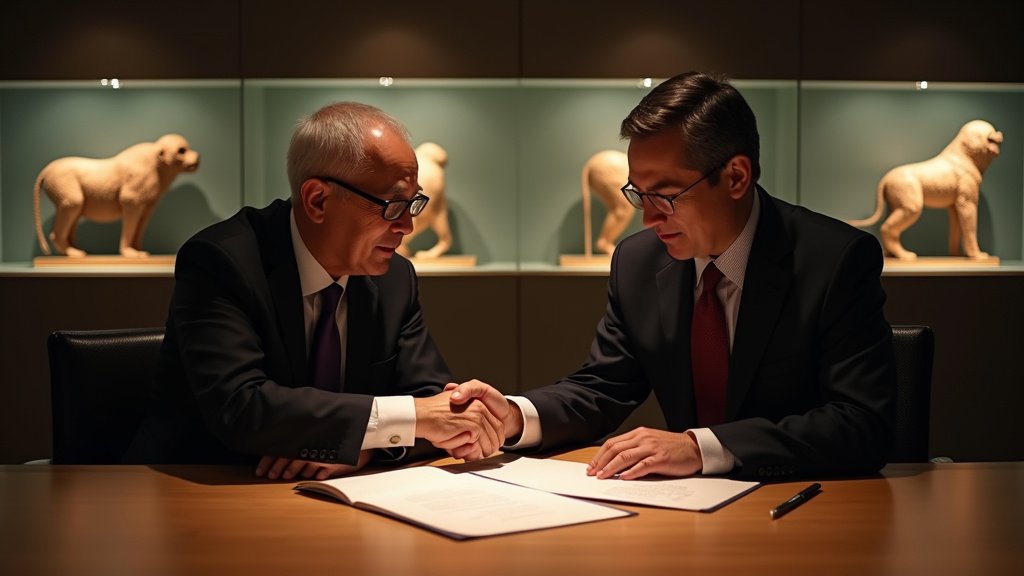Understanding the Synergy Between Sports Venues and Mixed-Use Developments
In recent years, the intersection of sports and real estate has emerged as a transformative trend, reshaping the landscape of urban development and fan engagement. Mixed-use developments, which combine residential, commercial, and recreational spaces, are increasingly seen as essential components of sports venues. This evolution reflects a broader shift in how teams and venue owners approach community integration, fan experiences, and revenue generation.
The Rise of Mixed-Use Developments in Sports
Historically, sports venues primarily served as standalone entities, hosting games and events with little regard for the surrounding environment. However, in the last decade, this paradigm has shifted dramatically. Team and venue owners are now recognizing the value of creating vibrant mixed-use districts that enhance the overall experience for fans and visitors alike. These districts not only attract foot traffic but also foster a sense of community, transforming the game day atmosphere into a more immersive experience.
At their best, mixed-use developments around sports venues create spaces that people want to visit before, during, and after games. They offer a variety of amenities, including restaurants, shops, and entertainment options, thereby encouraging fans to extend their stay and engage with the surrounding area. This strategic approach not only enhances the game day experience but also generates additional revenue for team owners, which can be reinvested into the team or the local community.
The Impacts of Mixed-Use Development on Urban Planning
The trend towards mixed-use development is not merely a new marketing strategy; it represents a fundamental shift in urban planning and development. As urban centers become increasingly congested, teams are exploring opportunities outside traditional city limits, particularly in suburban areas where land availability is less constrained. While city centers remain a preferred location for many teams, the emergence of mixed-use developments has made suburban venues more attractive, offering a unique blend of accessibility and space for growth.
The implications for lease negotiations and team development strategies are profound. The Carolina Hurricanes and Baltimore Orioles, for instance, have successfully secured development rights in recent lease extension deals, demonstrating how teams can leverage mixed-use projects to enhance their long-term viability and community engagement.
Power Players Shaping the Future of Sports Real Estate
The landscape of sports-related real estate is populated by influential entities and individuals who are pioneering new models for development. The Atlanta Braves, through Braves Development Co., have set a high standard with their mixed-use project adjacent to Truist Park. This innovative approach has created a vibrant community hub that attracts fans year-round, not just on game days.
Similarly, the Chicago Cubs have made significant strides with their Marquee Development, which has transformed the area around Wrigley Field into a lively destination complete with shops, restaurants, and entertainment venues. The Dallas Cowboys, with their Blue Star Land initiative, have also embraced mixed-use development, ensuring that their venue is at the heart of a thriving community.
Other notable entities include the Tampa Bay Lightning’s Strategic Property Partners, which is redefining the sports and entertainment landscape in Tampa, and the Green Bay Packers’ Titletown Development, which has revitalized the area around Lambeau Field. Kroenke Sports & Entertainment is also making significant inroads, demonstrating that the integration of sports and real estate can yield remarkable results.
The Role of Developers in Sports-Related Real Estate
Developers play a crucial role in the success of mixed-use projects associated with sports venues. Companies like AEG Worldwide, Carter, and The Cordish Companies are leading the charge in creating innovative spaces that enhance fan experiences and contribute to the overall vitality of the areas surrounding sports venues. Their expertise in real estate development allows for the creation of spaces that are not only functional but also appealing to a diverse audience.
Organizations like Hines, JMA Ventures, and Oak View Group are also at the forefront, working collaboratively with teams to develop projects that align with community needs and preferences. Their focus on creating sustainable, engaging environments ensures that these mixed-use developments resonate with fans and local residents alike.
The Financial Aspect of Mixed-Use Developments
The financial implications of mixed-use developments are significant. By creating environments that attract visitors year-round, teams can generate consistent revenue streams that are not dependent solely on game attendance. Financial management and consulting firms such as Brailsford & Dunlavey, CBRE Group, and Hunden Partners are instrumental in navigating the complex financial landscape associated with these developments.
These firms provide valuable insights into market trends, helping teams and developers make informed decisions that enhance the long-term viability of their projects. The integration of retail, dining, and entertainment options within mixed-use developments creates a diversified revenue model that can withstand fluctuations in the sports industry.
Looking Ahead: The Future of Mixed-Use Developments in Sports
As the trend towards mixed-use developments continues to gain momentum, the future of sports venues will likely be characterized by an even greater emphasis on community integration and fan engagement. Teams that embrace this model will not only enhance their own profitability but also contribute positively to the communities in which they operate.
The next wave of mixed-use developments will likely feature innovative designs that prioritize sustainability, accessibility, and inclusivity. Organizations involved in this emerging landscape will need to adapt to changing consumer preferences and technological advancements, ensuring that their developments remain relevant in an increasingly competitive environment.
Conclusion
The convergence of sports and real estate through mixed-use developments represents a significant evolution in how teams engage with their communities and enhance the fan experience. As this trend continues to unfold, it is clear that the future of sports venues will be defined by their ability to create vibrant, integrated spaces that resonate with fans and local residents alike.
By prioritizing community engagement, diversifying revenue streams, and fostering lasting relationships with developers and real estate entities, sports teams can ensure their long-term success in an ever-evolving landscape. As we witness the ongoing transformation of sports venues into dynamic mixed-use districts, it becomes evident that the synergy between sports and real estate is not just a passing trend; it is a fundamental shift that will shape the future of both industries for years to come.





